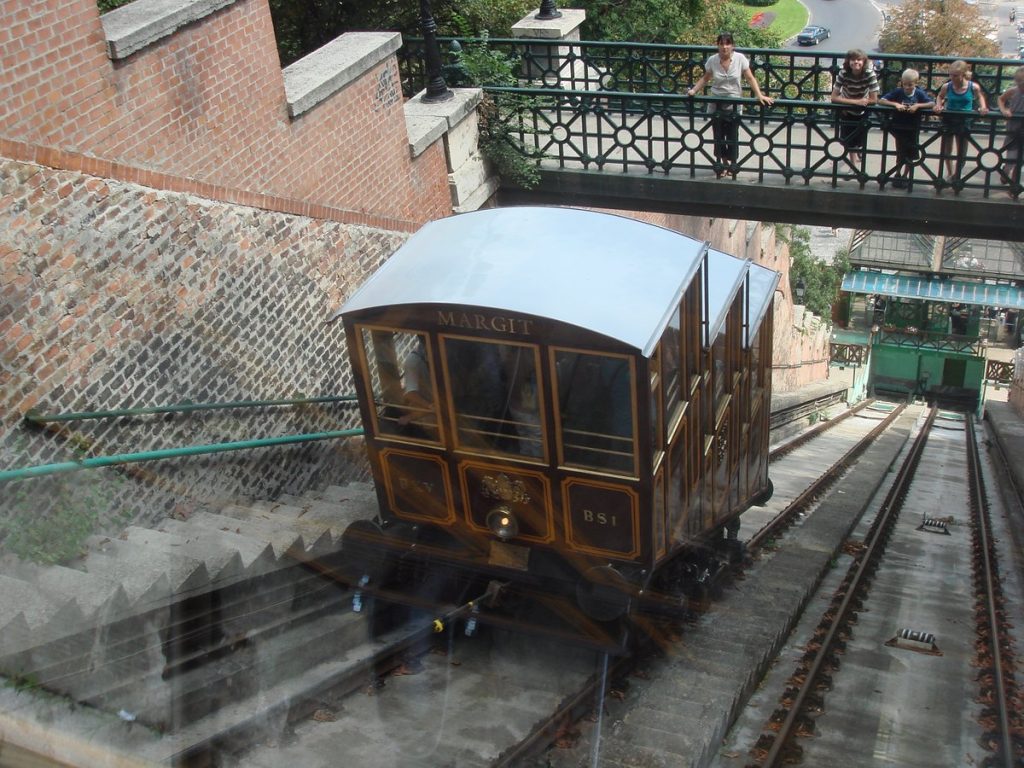Buda Hill Funicular: Ascend to Budapest’s Panoramic Splendor
Introduction
Embark on a journey to panoramic splendor aboard the Buda Hill Funicular. This historic cable railway transports you from the shores of the Danube River to the majestic heights of Buda Castle Hill, offering breathtaking views along the way. The Buda Hill Funicular is more than just a means of transportation; it’s an adventure into the heart of Budapest’s history and beauty.
A Historical Marvel
Origins and Construction
The Buda Hill Funicular, known locally as the Budavári Sikló, was inaugurated on March 2, 1870. It was the second funicular of its kind in Europe, designed by Ödön Széchenyi, son of the famous Hungarian reformer István Széchenyi. The funicular was built to provide an efficient and scenic route up Castle Hill, replacing the long, arduous climb.
Restoration and Modernization
Despite suffering significant damage during World War II, the funicular was meticulously restored and reopened in 1986. The modernized version retains its historic charm while incorporating contemporary safety and comfort features, making it a popular attraction for both tourists and locals.
The Journey Up
Starting Point: Clark Ádám Square
The journey begins at Clark Ádám Square, located at the Buda end of the Széchenyi Chain Bridge. This bustling square is a hub of activity, offering stunning views of the Danube River and the Pest side of the city. The lower station of the funicular is easily accessible and well-signposted, making it a convenient starting point for your ascent.
The Ascent
As the funicular carriages begin their gentle climb, passengers are treated to an ever-expanding view of Budapest. The cityscape transforms before your eyes, revealing the iconic landmarks and architectural treasures that define Budapest’s skyline. The ascent covers a vertical distance of 51 meters (167 feet) over a track length of 95 meters (312 feet), with the entire journey lasting just a few minutes.
Scenic Highlights
During the ride, you’ll enjoy panoramic vistas of the Danube River, the Széchenyi Chain Bridge, and the sprawling Pest side of the city. The funicular’s large windows ensure that every passenger has an unobstructed view, making it an ideal opportunity for photography.
At the Top: Buda Castle Hill
Buda Castle
Upon reaching the upper station, passengers are greeted by the grandeur of Buda Castle. This historic palace complex, a UNESCO World Heritage site, offers a wealth of attractions, including the Hungarian National Gallery, the Budapest History Museum, and the National Széchényi Library. The castle’s courtyards and terraces provide additional viewpoints for admiring the city below.
Matthias Church and Fisherman’s Bastion
A short walk from the funicular’s upper station leads to Matthias Church, a stunning example of Gothic architecture with a colorful tiled roof. Adjacent to the church is the Fisherman’s Bastion, a neo-Gothic and neo-Romanesque terrace offering some of Budapest’s most spectacular views. The bastion’s seven towers represent the seven Magyar tribes that founded Hungary.
The Castle District
The Castle District, or Várnegyed, is a charming area filled with narrow cobblestone streets, medieval houses, and quaint cafes. It’s a perfect place to explore on foot, offering a mix of historical landmarks and modern amenities. The district’s unique blend of old and new makes it a fascinating area to wander and discover.
Practical Information
Tickets and Operating Hours
Tickets for the Buda Hill Funicular can be purchased at the lower and upper stations. The funicular operates daily, with extended hours during peak tourist seasons. For the most current operating hours and ticket prices, it’s advisable to check the official website or local tourist information centers.
Accessibility
The funicular is wheelchair accessible, ensuring that all visitors can enjoy the ride and its stunning views. The stations are equipped with ramps and other facilities to accommodate visitors with mobility needs.
Nearby Attractions
In addition to Buda Castle and Fisherman’s Bastion, other nearby attractions include the Labyrinth of Buda Castle, an underground cave system with historical exhibits, and the Hospital in the Rock, a museum showcasing a former wartime hospital and nuclear bunker.
Conclusion
The Buda Hill Funicular isn’t just a means of transportation; it’s an adventure into the heart of Budapest’s history and beauty. Whether you’re a visitor seeking picturesque vistas or a local searching for a unique perspective, this funicular ride promises a captivating journey through the city’s enchanting panorama. Experience the blend of history, culture, and natural beauty that makes Budapest a truly magical destination.


